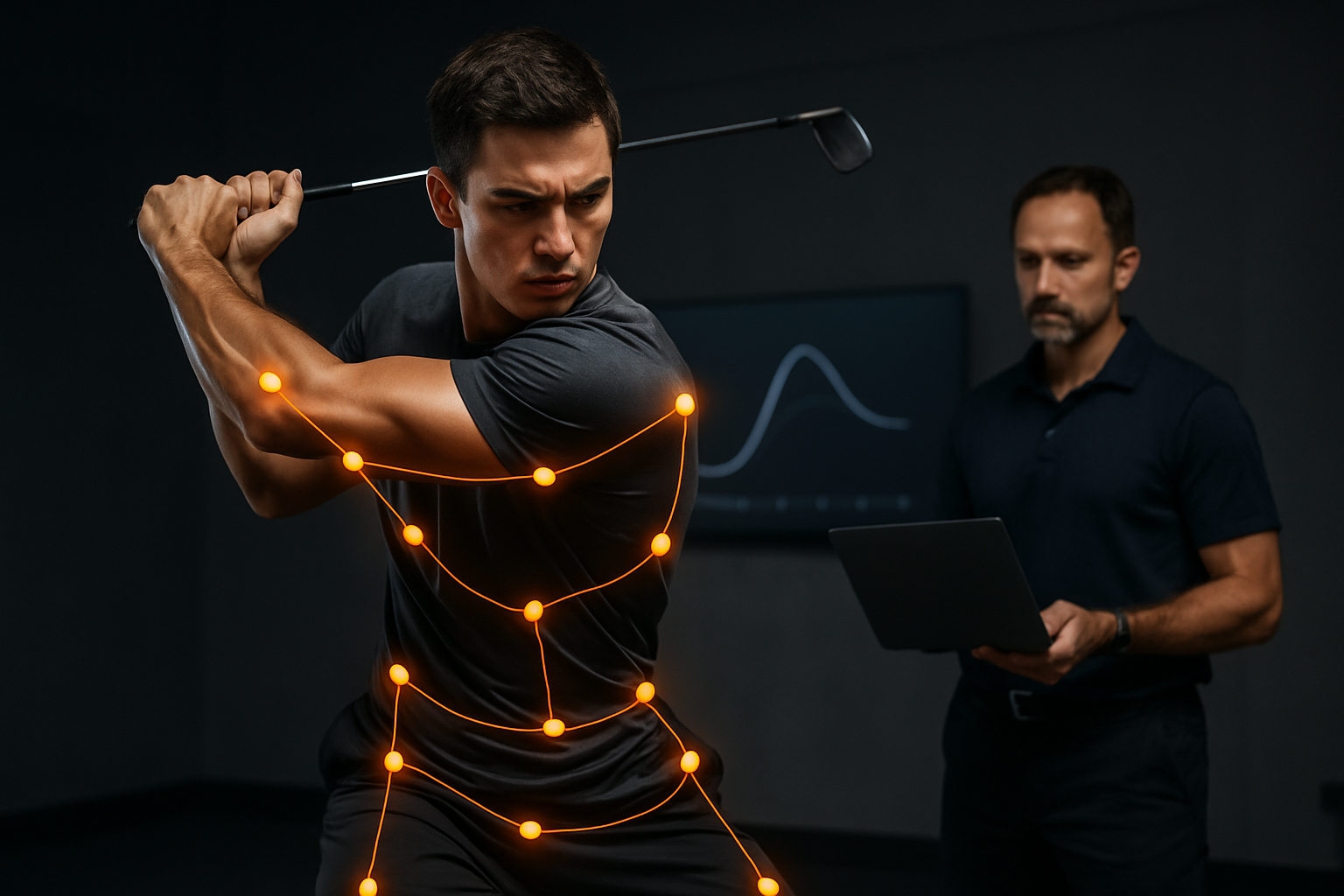Translating on-field load into personalized conditioning plans
Converting the physical and physiological stresses athletes experience during competition into actionable conditioning requires combining objective measurements with structured training frameworks. This article examines how sensors, telemetry, and analytics can guide individualized conditioning and recovery strategies while reducing injury risk.

Converting the complex signal of on-field load into a usable conditioning plan begins with consistent measurement and ends with structured, individualized training. Coaches and sports scientists must interpret data from wearables and sensors, reconcile it with subjective feedback, and embed findings into periodization and loadmanagement frameworks. This process supports better performance and targeted injury prevention while recognizing each athlete’s unique response to stress and recovery.
How do wearables and sensors inform training?
Wearables and sensors capture external and internal load metrics that were previously unavailable outside labs. GPS units, accelerometers, and heart-rate monitors quantify distance, speed, acceleration, and physiological strain, giving a clearer picture of what an athlete experiences in-game. Integrating these measures into training helps align conditioning sessions with competition demands, allowing coaches to prescribe sport-specific drills and volume that reflect real telemetry rather than guesswork.
How does telemetry and analytics translate to monitoring?
Telemetry streams create continuous records that analytics platforms convert into actionable insights. Time-series data reveal patterns in intensity, fatigue, and movement profiles; analytics turn those patterns into thresholds, alerts, and trends for monitoring. Effective monitoring uses both short-term telemetry for acute session adjustments and longer-term analytics to detect deviations that may signal performance drops or elevated injury risk.
How is loadmanagement applied to periodization?
Loadmanagement links on-field demands to macro- and micro-cycle planning. Periodization uses data to sequence intensity and volume—balancing hard, sport-specific conditioning with recovery windows. Objective load metrics help determine progression rates and deload phases so athletes maintain performance gains without chronic overload. This evidence-informed approach to periodization improves training efficiency and reduces abrupt spikes that often precede injury.
What role does biomechanics play in injuryprevention?
Biomechanics contextualizes load by revealing how forces travel through the body during sport actions. Movement screening and motion-capture-derived metrics identify compensations or asymmetries that increase mechanical stress. When combined with loadmanagement data, biomechanics guides corrective conditioning—targeting strength, mobility, and technique adaptations that mitigate injuryprevention risk while preserving performance intent.
How do recovery and conditioning interact?
Recovery is an integral part of conditioning rather than its opposite. Monitoring recovery markers—sleep quality, subjective wellness, heart-rate variability—allows practitioners to adjust training dosage and select recovery modalities. Conditioning plans informed by recovery data reduce the likelihood of cumulative fatigue, ensuring athletes can absorb planned training stimuli and peak for competition while minimizing maladaptive responses.
How does personalization use dataintegration and performance metrics?
Personalization emerges when telemetry, analytics, biomechanics, and recovery data are merged through dataintegration platforms. Combining objective sensors with subjective reports produces individualized baselines and response profiles. Conditioning becomes athlete-specific when practitioners tailor intensity, exercise selection, and periodization based on those profiles rather than group averages, improving performance outcomes and reducing unnecessary exposure to risk.
This article is for informational purposes only and should not be considered medical advice. Please consult a qualified healthcare professional for personalized guidance and treatment.
Conclusion Translating on-field load into personalized conditioning plans requires a deliberate pipeline: robust sensing, meaningful telemetry, rigorous analytics, biomechanical assessment, and adaptive periodization. When these elements are connected through thoughtful dataintegration, coaches and practitioners can design conditioning and recovery strategies that reflect both the demands of the sport and the individual athlete’s capacities, enhancing performance while supporting injury prevention.





